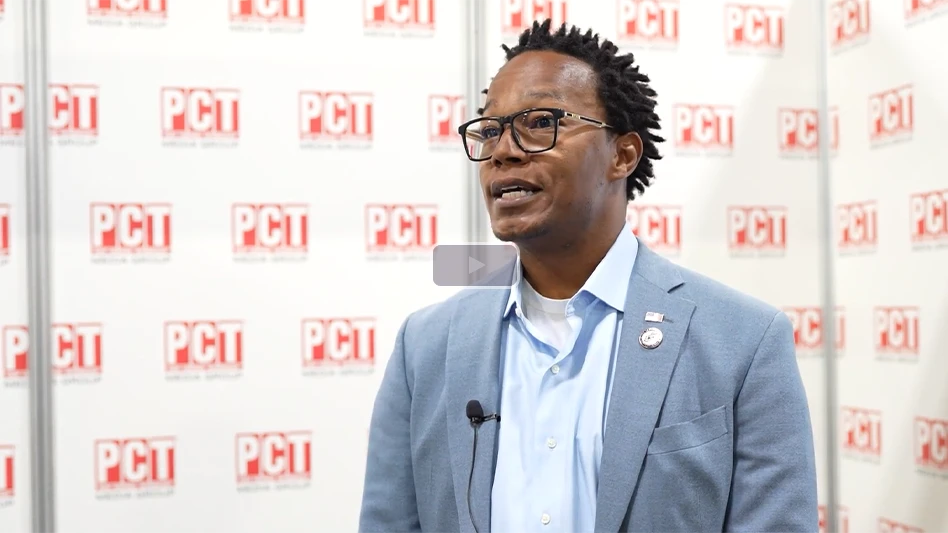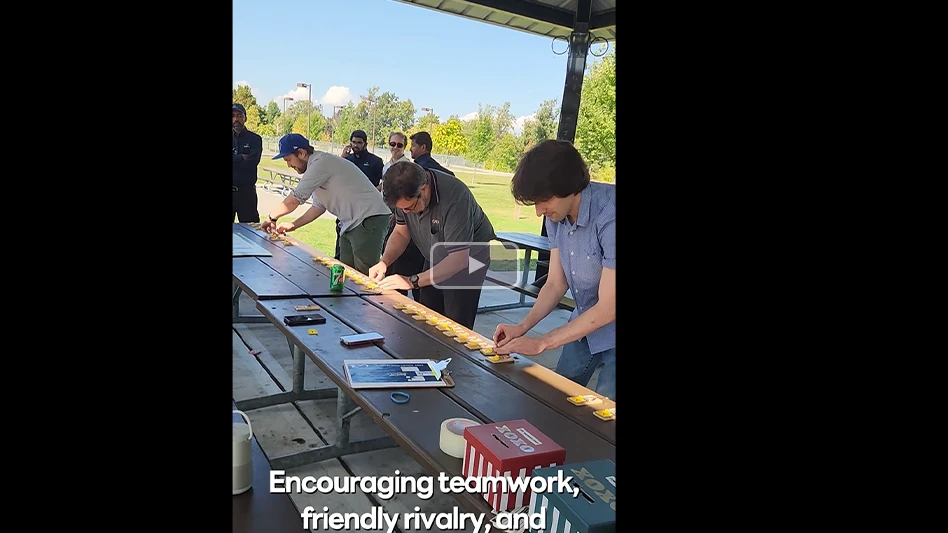 The oil painting collection at the Victoria and Albert Museum in London. Photo: Peter Spirer | Dreamstime.com The oil painting collection at the Victoria and Albert Museum in London. Photo: Peter Spirer | Dreamstime.com |
What do you do if a mouse has taken a mouthful from your Mona Lisa? You can’t just let loose a friendly terrier or eliminate it with a nice big blast of aluminum phosphide. It would probably knock the smile off her face for a start.
Pest control in highly sensitive museum environments is tricky at best. Damage can sometimes go unnoticed for years due to the gradual nature of the deterioration as well as the often-concealed storage of items. The damage caused can be irrevocable. However, sadly, so can the problems caused by the solution. Moreover, different government regulations have restricted the amount and the types of pesticides that institutions can actually use, so pest management in museums has become an environmental, health and safety issue.
IPM is the answer. It’s for these reasons that the museum world is working towards Integrated Pest Management (IPM) solutions with an emphasis on the reduction of pesticide use by relying on preventing access, good monitoring and proper pest identification.
There is an obvious problem with using traditional pesticides in museums. Rachael Perkins-Arenstein is a professional associate member of the American Institute for Conservation (AIC) and chair of the Integrated Pest Management Working Group (IPMWG), a group of U.S. collection managers, conservators, entomologists and other professionals interested in issues surrounding the implementation of Integrated Pest Management in museums, libraries and archives, and other collection-holding institutions. The group meets annually, informally hosted by the American Museum of Natural History in New York.
Perkins-Arenstein says that in the past, “treatments have been applied to actual museum objects, to taxidermy and ethnographic objects and those materials are now in effect poisonous, so if you want to use them for an exhibit, people have to be careful. You can’t use them for teaching and if you want to do research, you have to take proper precautions if they’re covered in arsenic or mercuric chloride. So it becomes a health and safety issue for anyone working with these collections and objects.”
Increased focus on prevention. Much of the museum world has warmed to the idea of prevention. “This part is the time-consuming part,” says Perkins-Arenstein, “trapping for pests, monitoring your traps and making sure you don’t let the problem get out of control.” The treatments have had to change, she says, “There are pesticide or fumigant-based solutions and treatments that rely on things like freezing or heating and those kinds are often safer for the objects and are certainly safer for people. These are all preferable to fogging with chemicals.”
Some of the key pests affecting museums in North America (and the rest of the world) include the American cockroach, black carpet beetle, furniture beetle, silverfish and our old friend the webbing clothes moth.
While British institutions seem to have led the way in the implementation of IPM, the rest of the world has caught up. Last October, the museum world met at London’s British Museum for Pest Odyssey, an entire conference dedicated to pest prevention and treatment in the world’s museums and art collections. It was set up 10 years ago by Dave Pinniger, a British pest management strategy adviser for English Heritage and many of the major UK museums.
Among the delegates at the conference were representatives from the National Gallery in Victoria, Australia; the Kulturhistorisk Museum, Oslo, Norway; and the Canadian Conservation Institute, Ottawa, Canada. Each presented its particular problem (in the case of the UK’s Victoria and Albert Museum, the webbing clothes moth, and in the case of the National Gallery in Victoria, the struggle for recognition of its Mobigas treatment by quarantine authorities).
U.S. efforts. In the U.S., at the Smithsonian National Museum of the American Indian, controlled low temperature has become a routine pest management and eradication method for collections including its large collection of organic or composite organic and inorganic archaeological and ethnographic objects. In the past it has used CO2, sulfuryl fluoride, and low oxygen with scavengers. Currently the only materials at the museum not treated with low temperature are oil and acrylic paintings on panels or canvas.
 Webbing clothes moth, Tineola bisselliella, a common museum pest. Photo by P. Kelley, Insects Limited.es Webbing clothes moth, Tineola bisselliella, a common museum pest. Photo by P. Kelley, Insects Limited.es |
Says Perkins-Arenstein, “The big challenge in implementing IPM here for the most part is that it’s definitely time-consuming in terms of staff resources. But dealing with an infestation is also so time-consuming and expensive, and frankly gross as well.”
Sharon Penton is a preventive conservator at London’s British Museum, whose biggest problem is the common webbing clothes moth and carpet beetle. She says, like many things in the history world, pest management can move slowly: “An IPM program was started at the museum in the early 1990s but it was another decade before a formal policy was drawn up.”
Penton says the most effective way of dealing with these pests has been old fashioned good housekeeping. “Most often, if we come across a pest problem we find the source is litter and debris that hasn’t been cleared up,” she says. “‘Dead’ spaces which are difficult to access are the biggest problem as it is not always possible to effectively remove debris, so where possible we try to avoid creating these ‘dead’ spaces to begin with. But that’s not always easy considering the historic nature of the buildings.”
Environmental isues. Other issues facing the museum community include the constantly changing nature of pests. According to Penton, “Slight environmental changes can upset their breeding patterns and the change in the moths’ feeding habits which now happily survive on dust and debris, rather than wool/feather, is a big challenge for us as it means that their number has greatly increased.”
And then there are the new species that are migrating from abroad. In these situations the network between the various heritage organizations is vital for sharing experiences and solutions.
At the British Museum, findings are reported to the preventive conservation team who collate the monitoring data and give advice on action needed. But, says Penton, “the IPM reps and preventive conservators have other responsibilities outside IPM so we are currently in the process of creating a role for a full-time IPM manager that we hope to see in place next year. I think this reflects how IPM has risen in importance; we need a completely dedicated role.”
Back in New York, the IPMWG has a ways to go before it entirely achieves its aims. Perkins-Arenstein says it’s much easier to get an institution that’s had a problem to implement IPM rather than one that’s not had a problem yet, which is no surprise. She says, “The work David Pinniger has done over the last 10 years has really spread the word about how important this is, but we still have a long way to go. The challenge is trying to get people to invest in something before they have a problem.”
The author is a UK-based writer and can be contacted at hdavis@giemedia.com.

Explore the May 2012 Issue
Check out more from this issue and find your next story to read.
Latest from Pest Control Technology
- MGK Announces EPA Registration of Botanical Active Ingredient Veratrine
- Termite Control Sales Strategies
- NPMA Announces ELP Class of 2025
- Termite Control Tools and Equipment for PMPs
- Choe Reviews Drywood Termite Geographical Hotspots, Latest Research Findings
- Mosquito Squad Announces Rebranding to Mosquito Squad Plus
- Pest Control Equipment: If it’s Critical, Back it Up!
- In Memoriam: Marybeth Wonson





